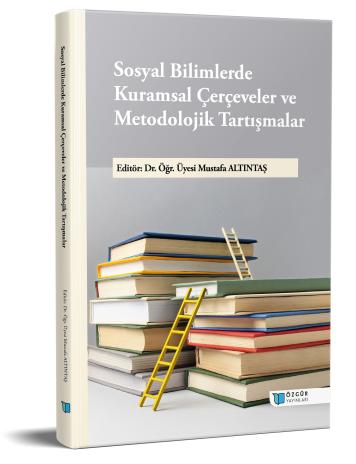
A Qualitative Study on the Opinions of Employees Who Worked Remotely During the Pandemic Period on the Positive and Negative Aspects of the Remote Working Model
Chapter from the book:
Altıntaş,
M.
(ed.)
2025.
Theoretical Frameworks And Methodological Debates In The Social Sciences.
Synopsis
The purpose of this study is to identify the pros and cons of remote work, which has become widespread due to the impact of the recent health crisis, the pandemic, for employees. Just like the standard office-based work model, remote work has both pros and cons for employees. The data obtained in the research indicate that the same situation applies to the remote work model. Remote work is not a model that emerged with the pandemic. With the increased flexibility in labor markets that occurred in the 1970s, it began to become widespread, particularly in developed countries. During this period, technological advances were made due to developments in the Fourth Industrial Revolution. Over time, digitalization has become widespread. As a result of these developments, work, particularly in the service sector, has begun to be done remotely. During the Covid-19 pandemic, quarantine and lockdown measures implemented to prevent the spread of the virus have led to jobs that could be done remotely being done around the world. Due to the pandemic, employees have been working from home, a form of remote work. This model, which was very limited in our country before the pandemic, has become widespread. While not widely used in many sectors (manufacturing, agriculture), remote work has become particularly widespread in the service sector. Therefore, this research will investigate the impact of the remote work model, which has become widespread in our country due to the measures taken against the pandemic, on working life in our country. Participants' perceptions, experiences, and attitudes toward this issue, which they were experiencing for the first time, were examined in detail using qualitative research methods. The research was conducted with a text consisting of 27 samples and 33 semi-structured open-ended questions. Purposive sampling was used in the study. The sample group was determined using the snowball method. Data obtained from the sample group was subjected to content analysis. Findings such as the positive impact of the remote work model on pandemic protection, work flexibility, employee autonomy, and employment were obtained. Additionally, findings such as social isolation, long working hours, ergonomic issues, and communication problems were identified. Our qualitative study is comprehensive and will include the positive and negative opinions of participants working remotely about the model. Coding was conducted based on the participants' opinions, and their opinions are included.

